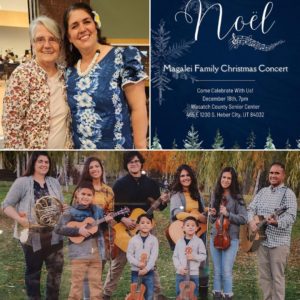 Every mother struggles to bring all that she has to the family table. We all want to teach our children to be kind, to have manners, to be honest, to do their chores, to share, and on and on. We also want to teach skills that can help them as adults. We desire to encourage them to develop talents for the joy of it. It can feel daunting.
Every mother struggles to bring all that she has to the family table. We all want to teach our children to be kind, to have manners, to be honest, to do their chores, to share, and on and on. We also want to teach skills that can help them as adults. We desire to encourage them to develop talents for the joy of it. It can feel daunting.
But there is something else that many of us struggle with; we want to have meaningful ‘family learning’, where our families connect and where the connection we create is passed down. That can often seem even more challenging because of the time and effort it can take. This is not something that we can give to our children by our example or our way of being.
I am talking about what we do as a family that is uniquely our own, that is passed on because we did them together and they became part of us. Today we are going to tackle this sticky wicket and see how it can be done, even if you have felt that you are failing at this or if you don’t even get what I’m talking about. : )
THE MAGALEI FAMILY THING
I want to introduce you to my friend Quincy Magalei, a homeschooling mom. We met via the internet. Years ago, Quincey discovered my blog and then bought my book, Becoming a Present Parent. She signed up to receive my newsletter and followed me through the years, reading what I wrote.
Quincy has seven children. Last year she and her husband took over the care of two newborns with severe special needs. They require a vast amount of time and need willing hands and hearts to care for them. That is when I heard from Quincy in person. She knew it was going to be more than she could manage alone and felt she should set a few things in place so the chances of success would be greater.
Quincy knew she and her husband would be very short on sleep and time. The babies were needy and on oxygen. There were going to be lots of doctors’ appointments and therapy. How to do this and still homeschool? Quincy reached out to me for friendship, ideas, and a safe place to talk.
This last December, in one of our conversations, Quincy mentioned a concert that she and her children were giving in Heber City, Utah. That would be an eighty-minute drive from my home, into the mountains, and at night. : ) But there was no snow, which was unusual, so I decided to attend.
The concert was held at the Wasatch County Senior Center, which also houses the library. A perfect place. There was a good crowd on that night because of the lack of snow. : ) The concert was amazing. There was audience participation, amazing vocals, musical numbers, and good-hearted joking around. Quincy played the piano, as did some of the children. Her husband played guitar and ukulele. The children played guitars and violins. Her twelve-year-old son, Ezra, did some beatboxing and he was good! He began learning this skill at age nine. Asher, one of the 6-year-old twins sang with the Bigs because he loves singing. Ehli has a natural talent but is not yet as engaged. However, he participates because this is a family thing, it’s what they do!
I enjoyed myself thoroughly, as did my mom. I will attend other concerts they give because it was worth the drive. It was wonderful to observe a family doing their thing together. It was moving to see them connecting. It was hopeful to see what a father and mother can do together when they want to share something with their kids, despite the odds against it.
After the concert, I asked Quincy how in the world did her children learn to sing like this, play instruments, and perform together. I really wanted to know. I didn’t think I had done anything like this with my family. Why not? I could sing. My husband played an instrument. Did we fail?
She said the whole idea was born years ago because she wanted to give her children a chance to learn music and then provide a place for them to perform. But how? It was intimidating and would require time and effort. Then she saw another family singing together and was astonished. She had no idea that was even possible, all the littles to bigs, performing together. This pricked her heart and gave her hope and 20 years later her family is doing the same. It wasn’t easy. They were homeschooling seven children. Her husband worked. But the desire to do something as a family was strong, they loved music, and it helped them overcome the barriers.
When they lived in Oregon they performed in the homes of widowers/widows and for older couples they knew from church. When they moved to Utah, they continued the tradition. Then they were asked to sing at the senior center. Quincey began setting up concerts. They honed their gifts, talents, and skills as a family, over time. I want to tell you they are GOOD and sang one song that was so challenging I couldn’t believe they were doing it!
Quincy said that this concert, where all her family was together, was the highlight of her life and worth the time and effort. She told me she was proud of what they had accomplished as a family. I loved these words from her – “It demonstrates the synergy of working with God and trusting yourself; then watching the results while being sustained by grace in every moment.”
Despite the uphill battle and the addition of two special needs babies as they began working on last year’s concert, she said her efforts were magnified in a way she had hoped and prayed for. As she said, “God makes us more than we are alone and fills our hearts and souls in the process.”
But what about me and the fact that I didn’t teach my children to sing or play instruments when Don and I could have? I was a self-taught professional cake decorator too. I made fabulous wedding cakes which were my specialty. But I never taught my kids. Two of my daughters went on to teach themselves and I am proud of them. I was also a terrific seamstress, but I only taught my last two children to sew. Hmmm, did I fail my family? This is a question I have heard other women ask themselves when they see what other families have accomplished. This is a question we each need to examine.
OUR FAMILY THING
Every Sunday for many years, after church, I would take my children to the care center to visit the elderly. They would read to the people, tell jokes, and visit. I took them to the homes of older people and visited. We served in this way as a family often. Today, none of my children are put off by where people are at, special needs, elderly, ill, homeless. They can talk to anyone, and they do. They have hearts that are tuned to those in need.
That is why my son, Seth, is one of my granddaughter Maggie’s, favorite people. Maggie has severe cerebral palsy. She can’t walk or speak. But Seth knows how to talk to someone who can’t talk back. He isn’t the least put off by her situation. He knows that every person wants to laugh and be seen. In fact, every member of our family, even those who have come in by marriage, knows how to spend time with Maggie.
My daughter Jenny, despite a brain injury, has a master’s degree in communication science and disorders. She works with the elderly helping those with communication impairments, swallow deficits, and cognition. She has told me that her experiences at home moved her in this direction after her accident.
My daughter Jodie regularly takes her children to help the homeless. They pass out cocoa and cookies. They smile. They shake hands. They listen.
All my children serve the underprivileged, the needy, the elderly, and the ill. It was a family thing, and I didn’t even realize it at the time. It was the connecting family activity that left home with our children and is being passed down.
OTHER FAMILIES AND THEIR THINGS
Let me tell you about another mom that I just met a couple of months ago, Emily. She cuts my hair in her home studio. At one appointment the Magalei family came up in our conversation and Emily lamented that she wished she had time to do something like that for her kids. She is a very good seamstress and felt like a bit of a failure because she hasn’t made time to teach this skill to her children. : ) Then our conversation moved on.
I discovered that this family hikes. She said that even her three-year-old is a great hiker. They have hiked in many places. They do it whenever they want to be together as a family. They all love it. She and her husband have taught their kids how to enjoy the outdoors and be safe. I told her that this is a legacy as powerful as what Quincy has given her children or what I gave to mine. It just happens on different stages. Quincy’s family is on a stage in a community center. Emilie’s is on the side of a mountain, and for my family, it is in the halls of the ill and afflicted.
Another mother I know has a son who was obsessed with rocks. It became their family thing. They went to digs and planed vacations around where rocks could be found. They collected, sorted, and displayed them. They spent time in mineral and geology museums. They had constant family conversations on the subject. This is what they did as a family.
Another family I know skies together. They spend whatever time they can every winter skiing. And when possible, do it on the water in the summer. This is their family thing.
I didn’t realize what our family thing was at the time. It would have been helpful to me to have figured that out. I would have been more confident in the job I was doing. It was helpful to my hairdresser, Emily, when she realized that they did have something that was a family thing.
So, I am asking you. What do you do to connect as a family? It is there if you look at where you spend your time together. Is it something that bonds and connects you as a family? If not, then what would accomplish that? As you can see it doesn’t need to be 20 years of teaching your kids to sing and play on stage. So don’t be intimidated. That was Quincy’s dream. Mine was more modest, but in the end, just as meaningful.
What matters is that we have something we do regularly as a family that we all enjoy, that bonds us and helps us connect. Bowling. Skating. Sewing. Baking. Hiking. Reading together. Fishing. Hunting. Serving at nursing homes. Science. What is your family thing? Begin observing your family and your regular activities. What do you do to connect?
When you can see it, you will be comforted, that yes, you have a family thing, and it matters. You’re doing good!
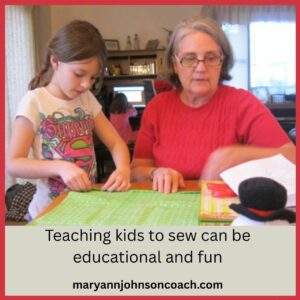 In 2012, the week after Christmas, Don and I traveled to Colorado to visit our grandkids. We loved and missed our daughter and her husband, but we went to see the grands! I’m always grateful for the time we took, in those early days, to spend time with them. Ashley, the grand in this story, is now in her mid-twenties and a wonderful hairdresser. They grow so fast, and you can’t reclaim their childhood. Hence, the perilous drive in the winter. : )
In 2012, the week after Christmas, Don and I traveled to Colorado to visit our grandkids. We loved and missed our daughter and her husband, but we went to see the grands! I’m always grateful for the time we took, in those early days, to spend time with them. Ashley, the grand in this story, is now in her mid-twenties and a wonderful hairdresser. They grow so fast, and you can’t reclaim their childhood. Hence, the perilous drive in the winter. : )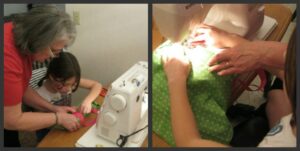 them their job is to push the material forward into the feed dog, and keep a straight line. Then I worry about the pedal. That way, they learn to do one thing before trying to do two.
them their job is to push the material forward into the feed dog, and keep a straight line. Then I worry about the pedal. That way, they learn to do one thing before trying to do two.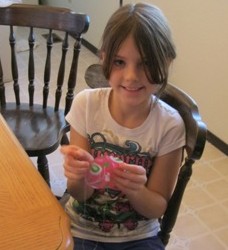
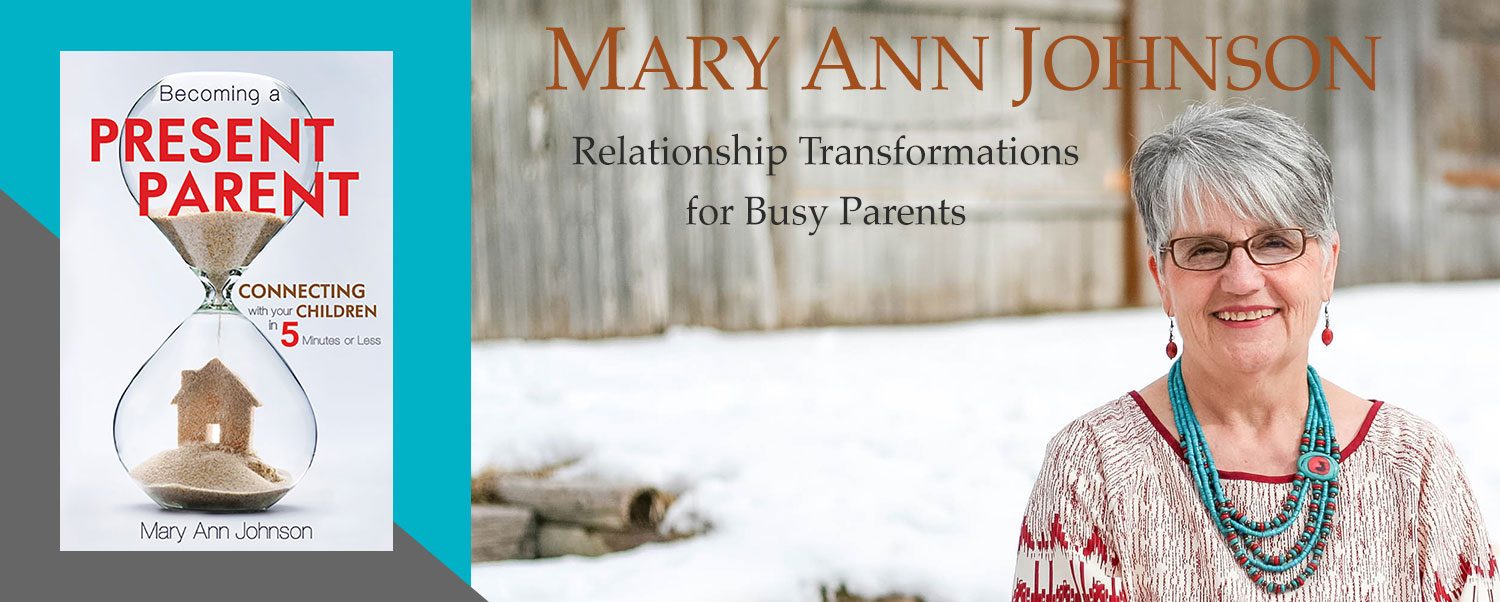


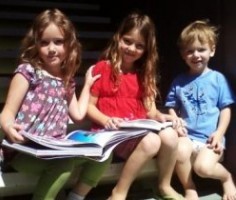 Later, I found Lizzy and Ashley sitting at the bottom of the stairs, looking at the books they brought home from the library. They had originally gone out to ride their scooters, but the books were so compelling that they never made it to the driveway. They were comparing the crystals in each other’s books, chatting away about the shapes, sizes, and colors.
Later, I found Lizzy and Ashley sitting at the bottom of the stairs, looking at the books they brought home from the library. They had originally gone out to ride their scooters, but the books were so compelling that they never made it to the driveway. They were comparing the crystals in each other’s books, chatting away about the shapes, sizes, and colors.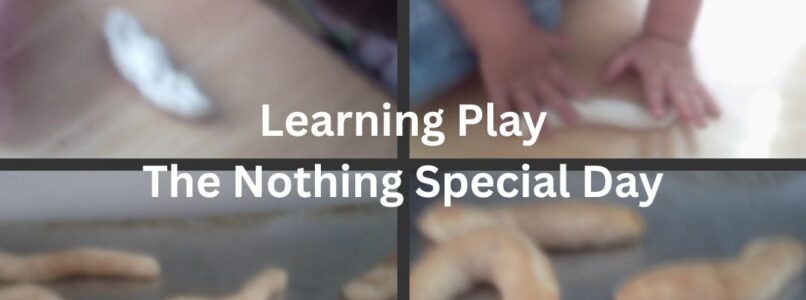
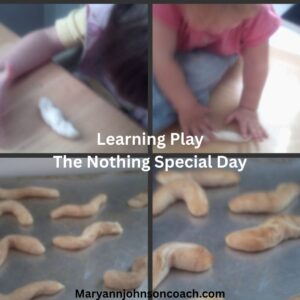 Back in the day, when my grands were small, I did many learning activities with them. I enjoyed it and so did they. As I mentioned earlier this spring, I’m sharing some of those past learning activities with you because you can have as much enjoyment and fun with your children or grands as I did. Sometimes all we need is an idea, and then we can run with it. So here goes!
Back in the day, when my grands were small, I did many learning activities with them. I enjoyed it and so did they. As I mentioned earlier this spring, I’m sharing some of those past learning activities with you because you can have as much enjoyment and fun with your children or grands as I did. Sometimes all we need is an idea, and then we can run with it. So here goes!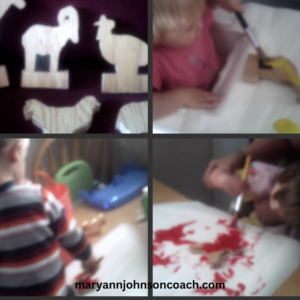 paper. When they were done and wanted another animal and a different color, we traded papers. Grandpa was very satisfied with the result. This particular range wouldn’t have his usual perfection, but it had memories and was fun to use.
paper. When they were done and wanted another animal and a different color, we traded papers. Grandpa was very satisfied with the result. This particular range wouldn’t have his usual perfection, but it had memories and was fun to use.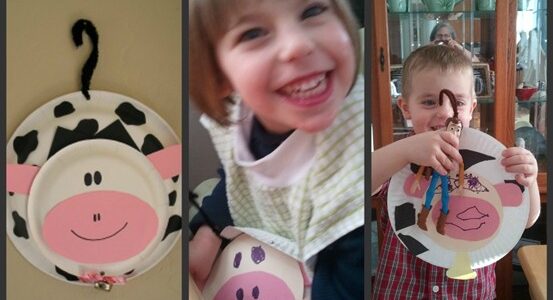
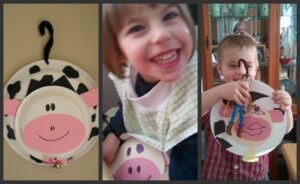 When I first began writing and publishing articles, it was in 2010. My grands, the ones I still live with, were all under five. As their grandma, I wanted to find ways to play and connect. I’m not a board game person! Tea parties and dress up are not on my list of fun things! The truth is, I like learning. I always have. I thought a lot about how I could ‘play’ with my grands and make it work for all of us. What I came up with was learning for fun. Every Tuesday, for several years, we would gather and play/learn. They looked forward to it and occasionally would tell me what they wanted to know or ask about at our next Tuesday session. It was a hit and was called Grandma School. : )
When I first began writing and publishing articles, it was in 2010. My grands, the ones I still live with, were all under five. As their grandma, I wanted to find ways to play and connect. I’m not a board game person! Tea parties and dress up are not on my list of fun things! The truth is, I like learning. I always have. I thought a lot about how I could ‘play’ with my grands and make it work for all of us. What I came up with was learning for fun. Every Tuesday, for several years, we would gather and play/learn. They looked forward to it and occasionally would tell me what they wanted to know or ask about at our next Tuesday session. It was a hit and was called Grandma School. : )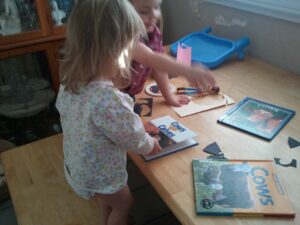 the pictures and I told them fun cow facts, such as, “Did you know a cow has four stomachs. You only have one, but a cow has four!!” That type of comment is usually followed by a question such as “Why Grandma?” Then we get to learn a bit more. Jack’s favorite cow fact was: “Daddy cows are called bulls and they go Moo really, really loud.” I did such a great daddy cow impersonation that it sent Jack into gales of laughter.
the pictures and I told them fun cow facts, such as, “Did you know a cow has four stomachs. You only have one, but a cow has four!!” That type of comment is usually followed by a question such as “Why Grandma?” Then we get to learn a bit more. Jack’s favorite cow fact was: “Daddy cows are called bulls and they go Moo really, really loud.” I did such a great daddy cow impersonation that it sent Jack into gales of laughter.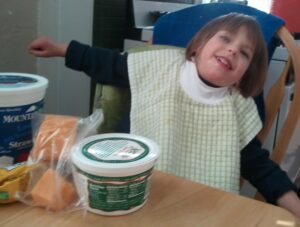 After the books, we did a cow activity. I had created a picture sheet on my computer that showed cool foods that are made from cow’s milk: cheese, cream, ice cream, milk for cereal, cottage cheese, sour cream, etc. I also had the real item on the table, if we had it. We looked at the pictures, talked about each item, and then tasted it. Of course, we all liked the cookie dough best. (It has milk in it!)
After the books, we did a cow activity. I had created a picture sheet on my computer that showed cool foods that are made from cow’s milk: cheese, cream, ice cream, milk for cereal, cottage cheese, sour cream, etc. I also had the real item on the table, if we had it. We looked at the pictures, talked about each item, and then tasted it. Of course, we all liked the cookie dough best. (It has milk in it!)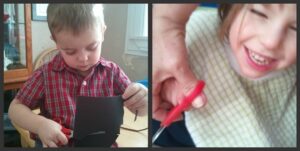 way, but then switched to using two hands and having me hold and turn the paper. Special scissors with 4 finger holes allowed me to help Maggie cut her own cow spots. She was thrilled. (Remember, Maggie, who is now eighteen, has severe cerebral palsy, so doing anything with help thrilled her and still does.)
way, but then switched to using two hands and having me hold and turn the paper. Special scissors with 4 finger holes allowed me to help Maggie cut her own cow spots. She was thrilled. (Remember, Maggie, who is now eighteen, has severe cerebral palsy, so doing anything with help thrilled her and still does.)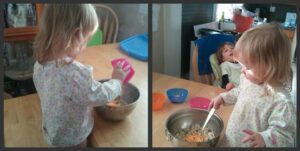 We ended the day by making mac and cheese. Cooking was a favorite activity, so everyone helped. The kids liked tasting the powdered cheese. We had our mac and cheese for lunch, and it was delicious. Maggie, Jack, and Mary decided that having cows in our world is a very good thing.
We ended the day by making mac and cheese. Cooking was a favorite activity, so everyone helped. The kids liked tasting the powdered cheese. We had our mac and cheese for lunch, and it was delicious. Maggie, Jack, and Mary decided that having cows in our world is a very good thing.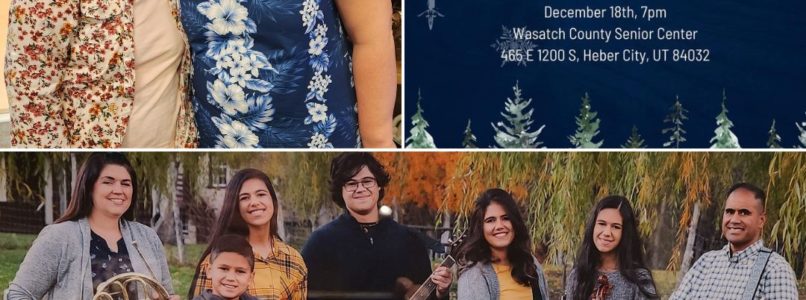
 Every mother struggles to bring all that she has to the family table. We all want to teach our children to be kind, to have manners, to be honest, to do their chores, to share, and on and on. We also want to teach skills that can help them as adults. We desire to encourage them to develop talents for the joy of it. It can feel daunting.
Every mother struggles to bring all that she has to the family table. We all want to teach our children to be kind, to have manners, to be honest, to do their chores, to share, and on and on. We also want to teach skills that can help them as adults. We desire to encourage them to develop talents for the joy of it. It can feel daunting.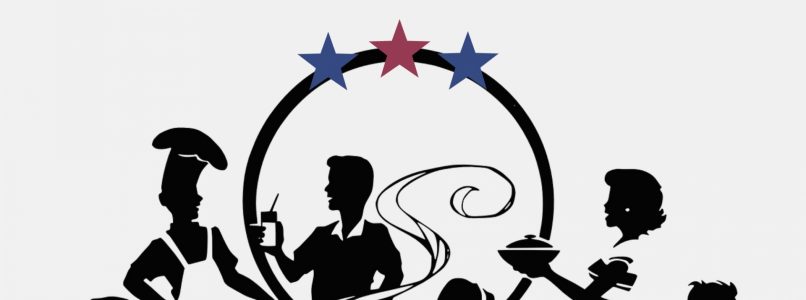
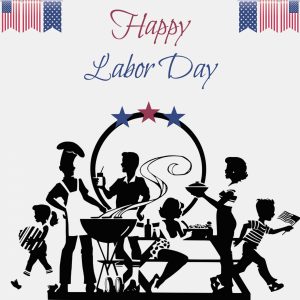 When I was a girl I lived in a series of small towns. Just before the start of the new school year, there was a holiday called Labor Day. I had no idea what it was about but I knew it meant school was starting.
When I was a girl I lived in a series of small towns. Just before the start of the new school year, there was a holiday called Labor Day. I had no idea what it was about but I knew it meant school was starting.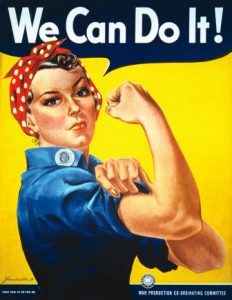
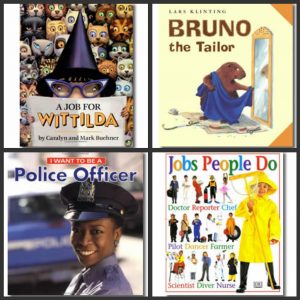 description of each book
description of each book